What does your home say about you? For Thomas Jefferson, Monticello may be a physical autobiography of this president, statesman, scholar, inventor, designer, writer, gardener, etc. Jefferson was a complex individual, and a tour of his home is fascinating.
You can’t take photos inside Monticello, but the website features pictures of the rooms and furniture. There is also a great on-line video tour , but you should really go see for yourself!
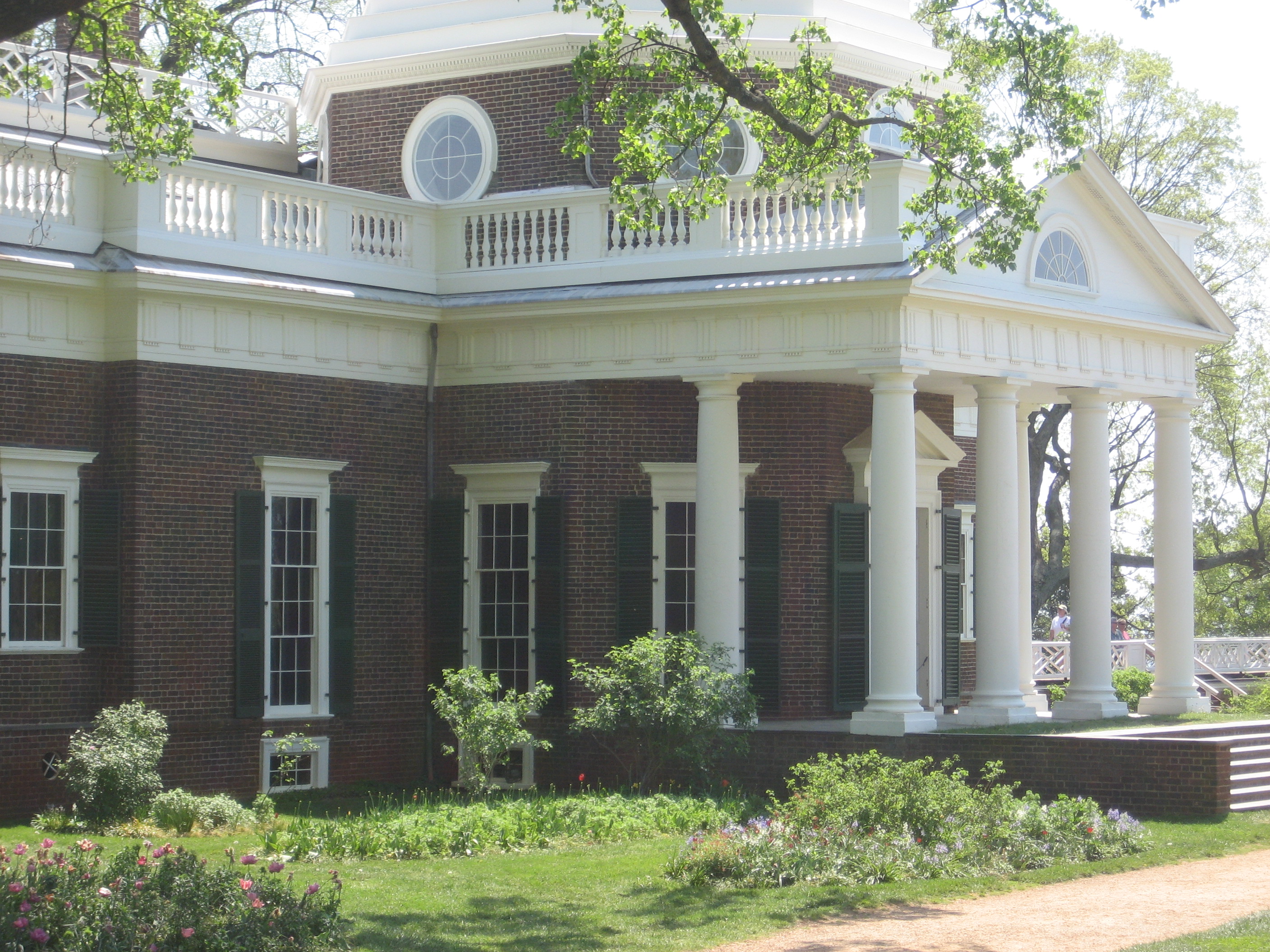 For a house with a neoclassical design, I was a bit surprised by the amount of uniquely American decor. I guess I was expecting exclusively formal, European decorating, and there is plenty of that.
For a house with a neoclassical design, I was a bit surprised by the amount of uniquely American decor. I guess I was expecting exclusively formal, European decorating, and there is plenty of that.
However, Monticello’s entrance hall features dozens of Indian artifacts, such as antlers, bones and hides, including “souvenirs” from Lewis and Clark’s famous expedition. The room also has classical paintings, maps and busts of Alexander Hamilton and Voltaire (The tour guide told us that having busts in one’s home was a sign of education and wealth. I don’t have any, do you? You will see busts in several other rooms on the regular Monticello tour, which covers just the first floor of the 43-room home).
Another American touch, the entrance hall has a plaster eagle and stars on the ceiling. I recall another room with a design around a fireplace featuring buffaloes, which actually reminded me of a chain restaurant’s logo.
Here’s another “shout-out” to the United States, Monticello has a tobacco leaf column capital by Benjamin Henry Latrobe, architect of the U.S. Capitol. Latrobe sent Jefferson a model of another design featuring ears of corn that Jefferson described as “handsome and peculiarly American.” Jefferson apparently had a sundial mounted on it, but it did not survive. Peculiar, indeed. You definitely don’t see corn or tobacco in classic Greek and Roman design!
There are probably hundreds of books on Monticello and Jefferson’s innovative features, such as a revolving serving door, and you can click here to read more about the house’s architectural details. On my only previous visit (age 7), the wine dumbwaiter in the dining room fascinated me!
Jefferson followed a French design for his bed, built in an alcove between two rooms: his bed chamber and his cabinet, a room used for reading, writing and other scholarly pursuits (such as recording the daily weather conditions). With a built-in closet accessed by a ladder, the bed stayed out of the way allowing for more floorspace.
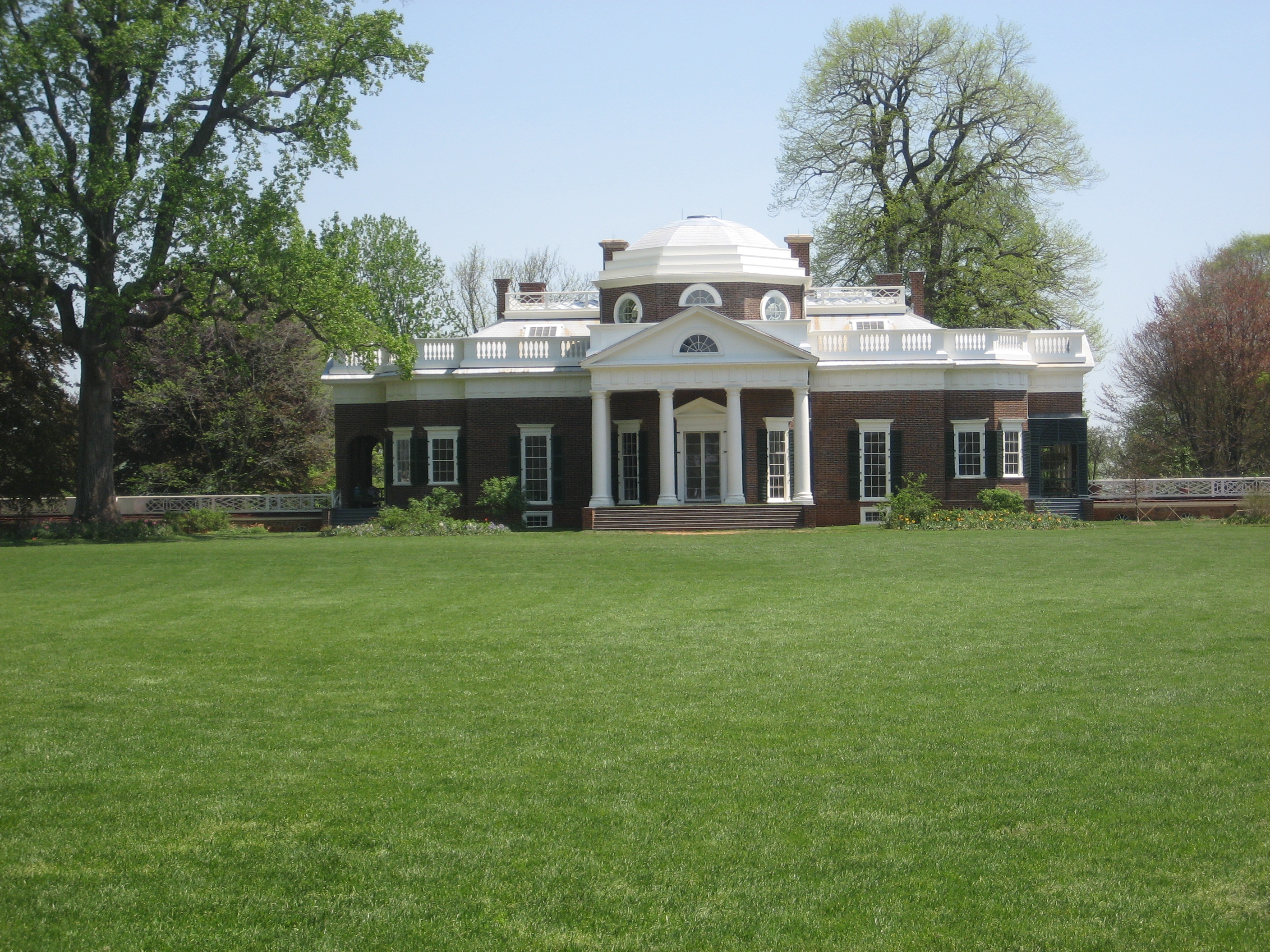 Jefferson used a similar design for bed alcoves in several other rooms. While I appreciate the desire for order and simplicity, you can tell Jefferson didn’t have to make those alcove beds himself – it’s much harder to make a bed when it’s enclosed on three sides.
Jefferson used a similar design for bed alcoves in several other rooms. While I appreciate the desire for order and simplicity, you can tell Jefferson didn’t have to make those alcove beds himself – it’s much harder to make a bed when it’s enclosed on three sides.
Given all the modern interest and publicity about Jefferson’s relationship with Sally Hemmings, our tour guide was very open about the Hemmings story. As with our visit to President Monroe’s home, I was impressed with the guide’s forthrightness and candor on the issue of slavery. In fact, there is a separate tour you can take to learn about the lives of the slaves at Monticello.
Next post: Monticello, gardens and grounds.

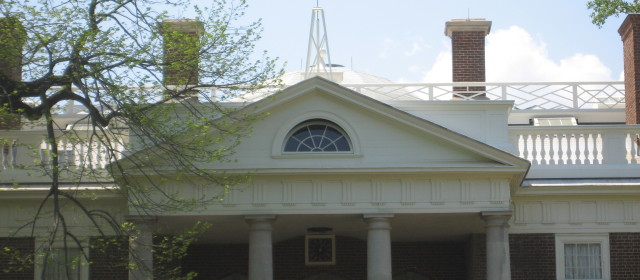
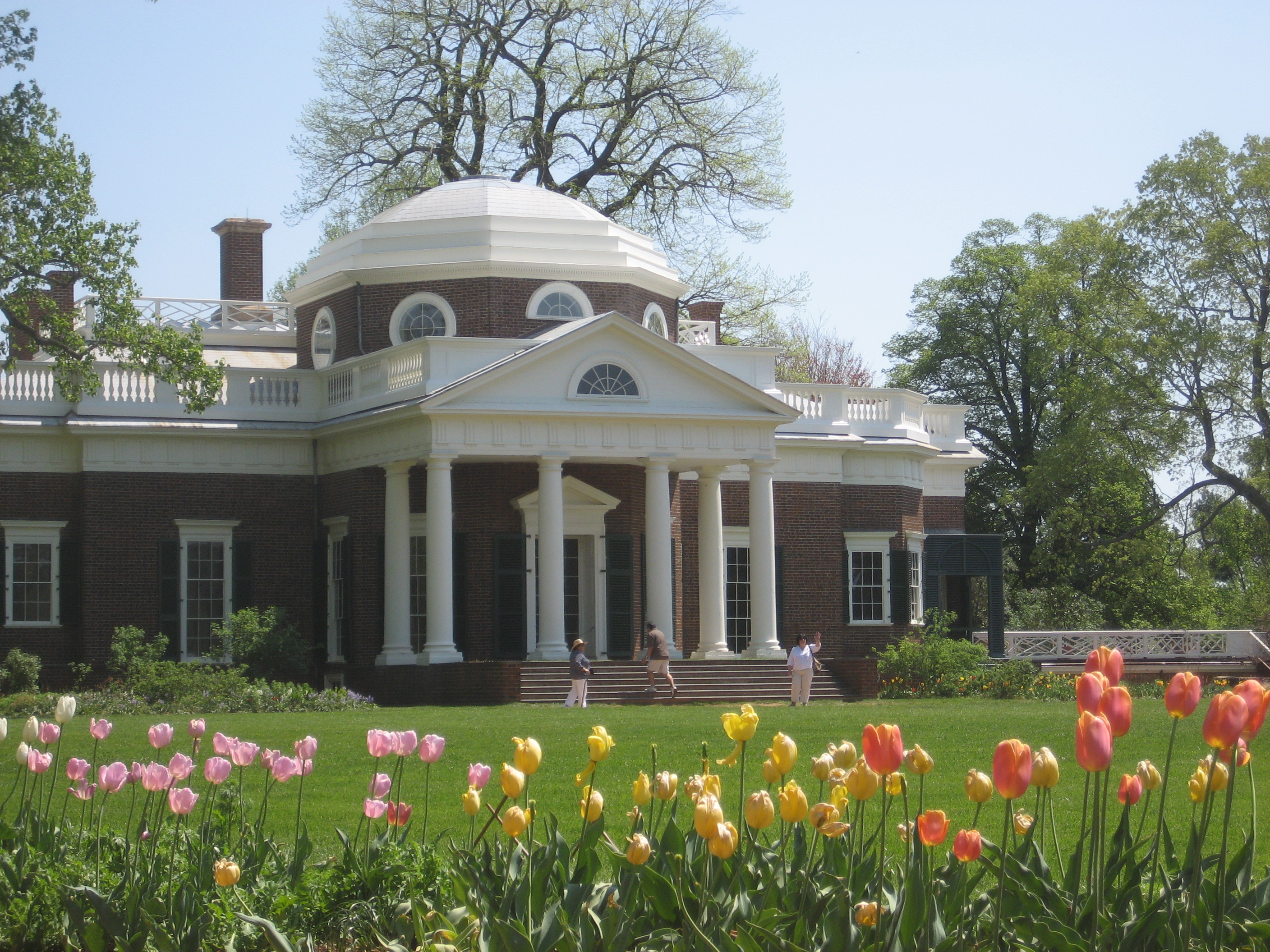
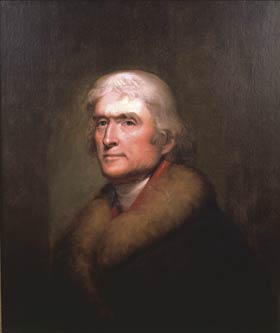

 RSS - Posts
RSS - Posts